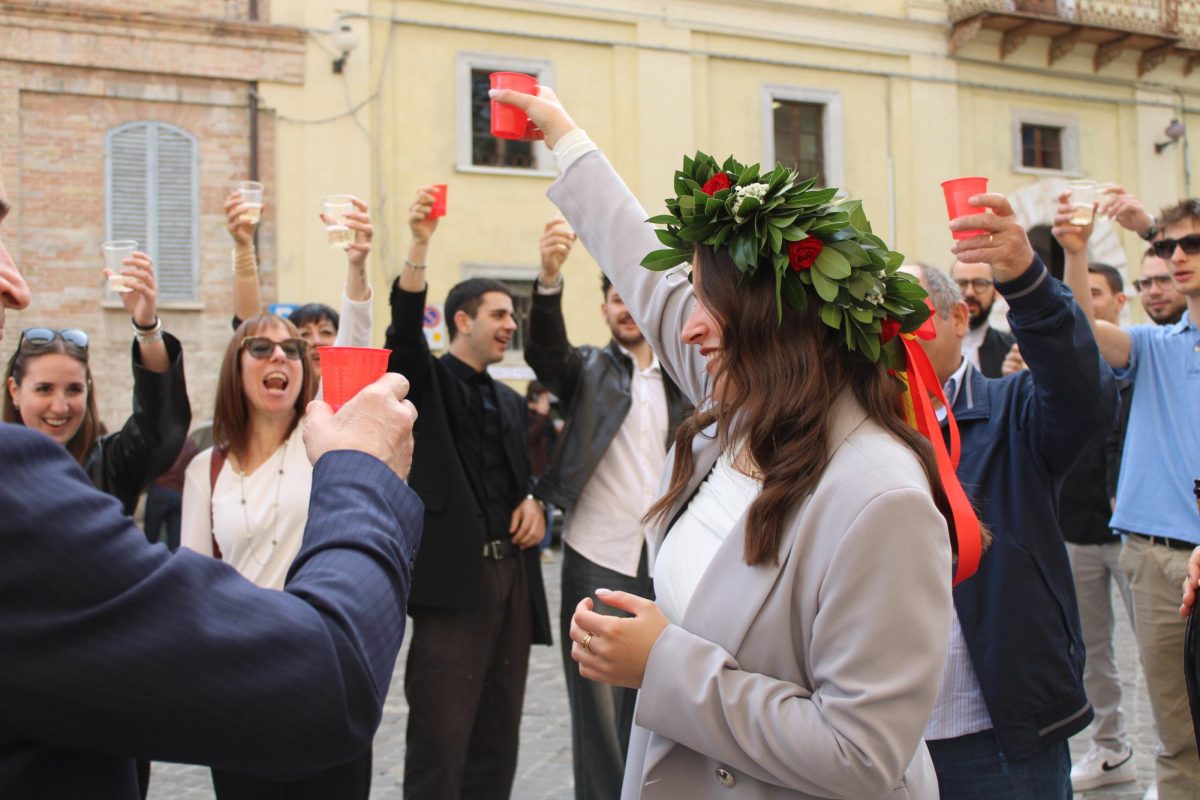Katrina’s effects still felt
August 29, 2007
Hurricane Katrina spiraled through the north central Gulf Coast exactly two years ago today, marking one of the deadliest and most costly natural disasters in history. The effects of the disaster still linger as some people in the area, as well as in other parts of the country, are still coping with the aftermath of the hurricane disaster.
Tom Hill, vice president for student affairs and New Orleans native, remembers his initial thought when he received news of the storm.
“We finally got one that hit,” he said.
Reflecting back on his childhood, he remembered the warnings of evacuation New Orleans residents heard time and time again during hurricane season. He said he remembered moving away from the potential hurricane area only to return back to his still standing home soon after.
However, Hill said he knew Katrina had plowed through New Orleans, and it left him worried about his family still living in the area.
After the destruction, word came to Hill that two of his four brothers were missing. For six days, Hill and his family worried and waited, hoping to hear of that the two were unharmed.
“As the days went on, we became more worried and anxious. For six days, we were constantly sweating,” he said.
On the sixth day, the family received word that the two were alive and had been evacuated out of the area, one to a different area in Louisiana and the other to north Texas.
Soon after, three of Hill’s four brothers decided to return to their homes and rebuild their lives again in New Orleans.
One brother is still rebuilding his home and struggles with getting material and hiring labor, as well as receiving needed financial help.
“I have got friends that are still homeless and know of others still living in FEMA trailers,” Hill said.
The effects of the hurricane on his family, especially his nieces and nephews, are still very prominent.
“I have a nephew who is 6. When it rains, he asks his dad, ‘Do we have to leave?’ because he assumes that rain only comes with hurricanes,” he said.
Hill still firmly believes that his family will stay in New Orleans. He said they are proud of their home and want to stay where they are comfortable.
Andrew Kraemer, junior in landscape architecture, who went on an educational trip to New Orleans in the fall of 2006 with other landscape architecture students, noticed a lot of other Katrina victims and families felt the same. A year after the hurricane hit, Kraemer saw that the victims were extremely proud of their land and were trying to overcome their trials and start over again.
“You hear all this talk of what the land looks like. Once you actually see it, it is totally different,” he said. “Homes weren’t just beaten down – they were destroyed. It was a real eye-opener.”
Kraemer said a year’s passing did not bring about significant changes for rural people and their communities. Homes were still shattered, porches were pushed into the living rooms of houses, and the roofs of houses sometimes were many feet away from the house structure.
Although the students spent most of their time drawing and studying the construction of the riverfronts, they did get the chance to meet a tribe of people called the Homa who were still rebuilding their homes.
Pat Mason, junior in landscape architecture, who also went on the trip, said the tribe was very welcoming, as well as encouraging and hopeful that their land would one day be back to normal.
Mason said the Homa people live on a reservation that is not federally recognized, so support from the government was nonexistent, leaving them to rebuild alone. Students and faculty both worked to help tear down existing structures and rebuild new homes for the tribe.
“The area looked like a bomb had gone off, but some people took a lot of pride in living there,” he said.
Mason also said some students returned after the trip to help once again in the rural areas that are still struggling.
















